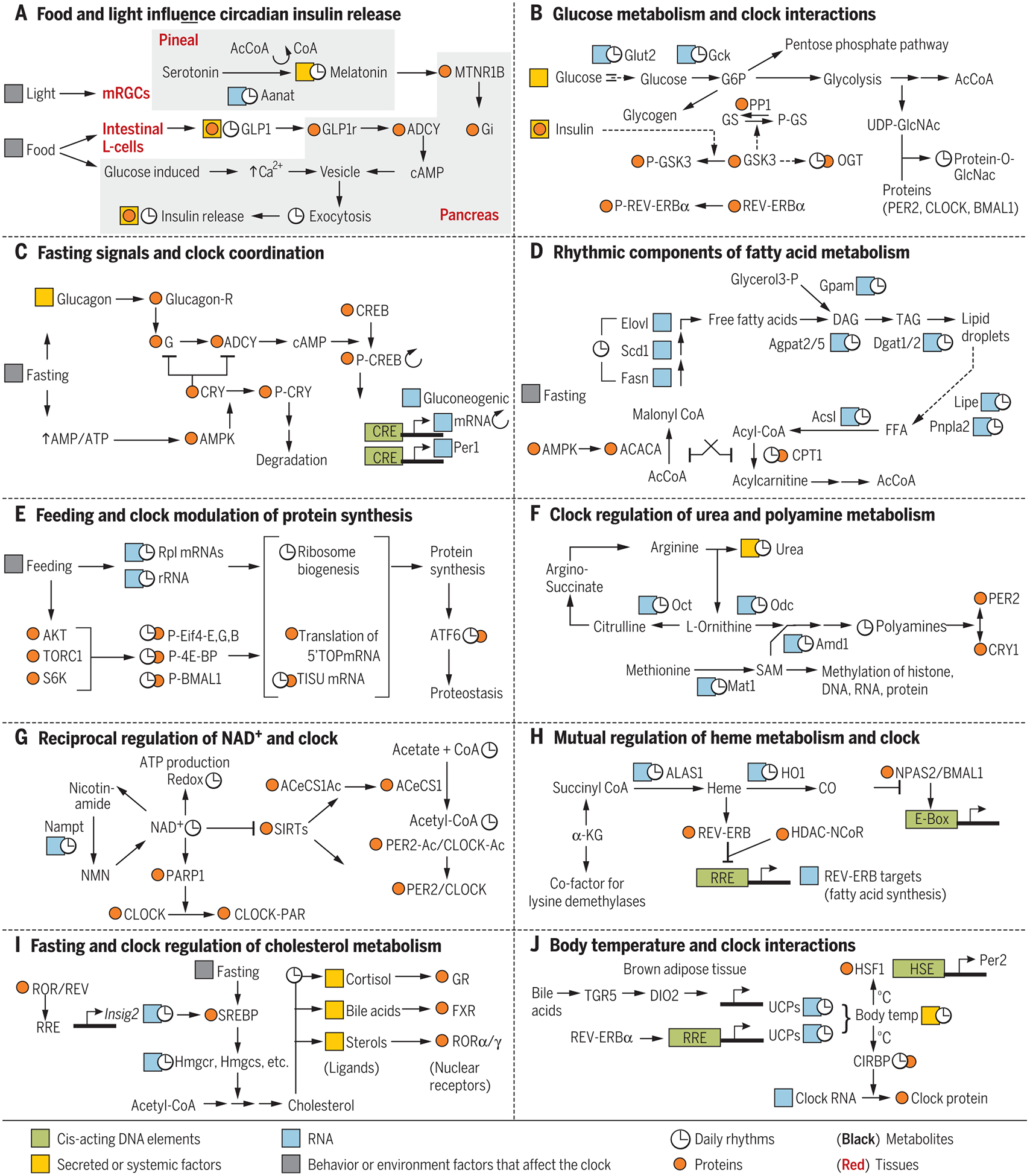Fig. 2. Examples of circadian regulation of metabolic pathways and metabolic pathways affecting clock components.

Cis-acting DNA elements are in green, RNA in blue, proteins in orange; metabolites are shown in black letters, and tissues are underlined. Any RNA, protein, or metabolite (other than clock components) known to show daily rhythms are marked with ↻. Secreted or systemic factors are highlighted in yellow, and behavior or environment factors that can affect the clock are highlighted in gray. (A) Light and food intake can interact through multiple tissues to modulate insulin release from pancreatic islet cells. (B) Feeding-induced glucose metabolism in the liver affects clock components. (C) During fasting, activation of glucagon receptor and AMPK impinge on clock components. (D) Fatty acid synthesis and degradation are under feeding-fasting and circadian regulation. (E) Circadian clock and feeding signals act together to produce a daily rhythm in protein synthesis. (F) Circadian regulation of urea cycle, SAM synthesis, and polyamine production. Polyamines affect interaction between PER2 and CRY1. (G) Reciprocal regulation between circadian clock and NAD production. (H) Circadian production of meme and CO affect the function of core circadian clock components. (I) Fasting and circadian clock regulate cholesterol metabolism and production of several ligands for nuclear hormone receptors. (J) Reciprocal regulation between circadian clock and body-temperature rhythm.
